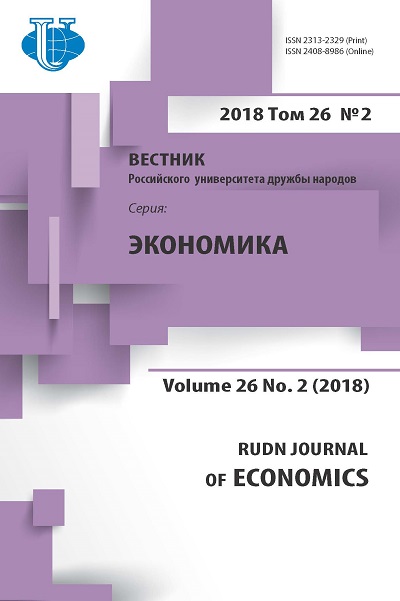EXCESSIVE DEFICIT PROCEDURE IN VISEGRAD COUNTRIES
- Authors: Komissarova JN1, Sergeev EA1
-
Affiliations:
- Moscow State Institute of International Relations (University)
- Issue: Vol 26, No 2 (2018)
- Pages: 246-257
- Section: ECONOMIC GROWTH AND SOCIO-ECONOMIC DEVELOPMENT
- URL: https://journals.rudn.ru/economics/article/view/18903
- DOI: https://doi.org/10.22363/2313-2329-2018-26-2-246-257
Cite item















